Australia’s coastline stretches over 16,000 miles, creating havens for unique marine
and coastal wildlife. From playful dolphins to magnificent whales and fascinating
shore birds, the continent’s diverse ecosystems support an incredible array of
species.
Whether you’re an experienced wildlife photographer or simply love observing
animals in their natural habitat, these beaches offer unforgettable encounters with
Australia’s remarkable wildlife.
Monkey Mia, Shark Bay, Western Australia
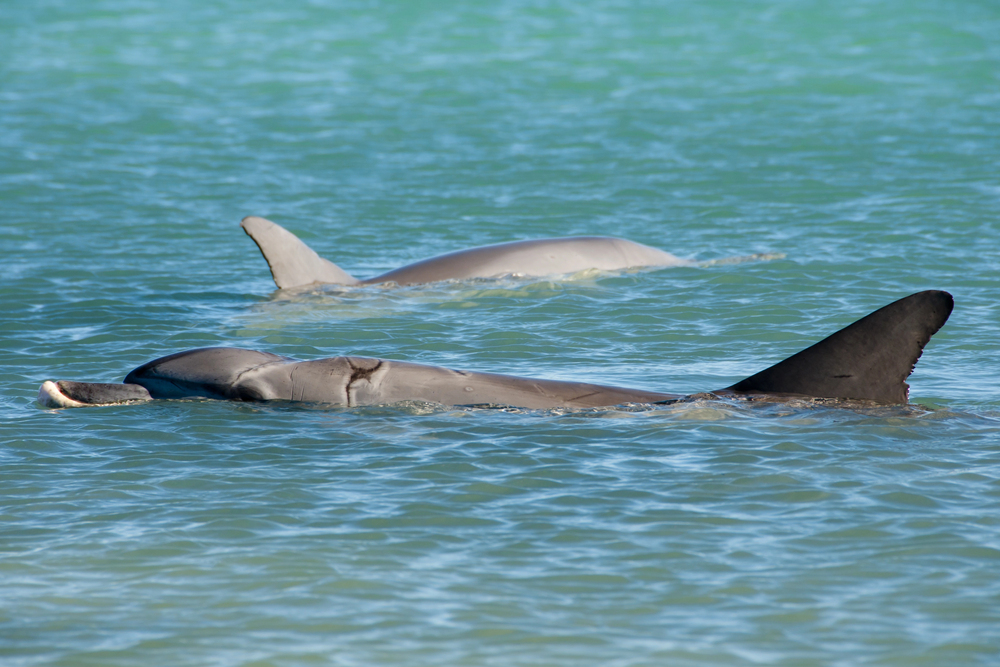
This world-famous beach offers one of the most reliable wild dolphin encounters
anywhere. Indo-Pacific bottlenose dolphins visit the shallows almost daily, following
a tradition that’s continued for over 40 years. The crystal-clear waters also provide
glimpses of dugongs, sea turtles, and rays gliding beneath the surface.
Cable Beach, Broome, Western Australia
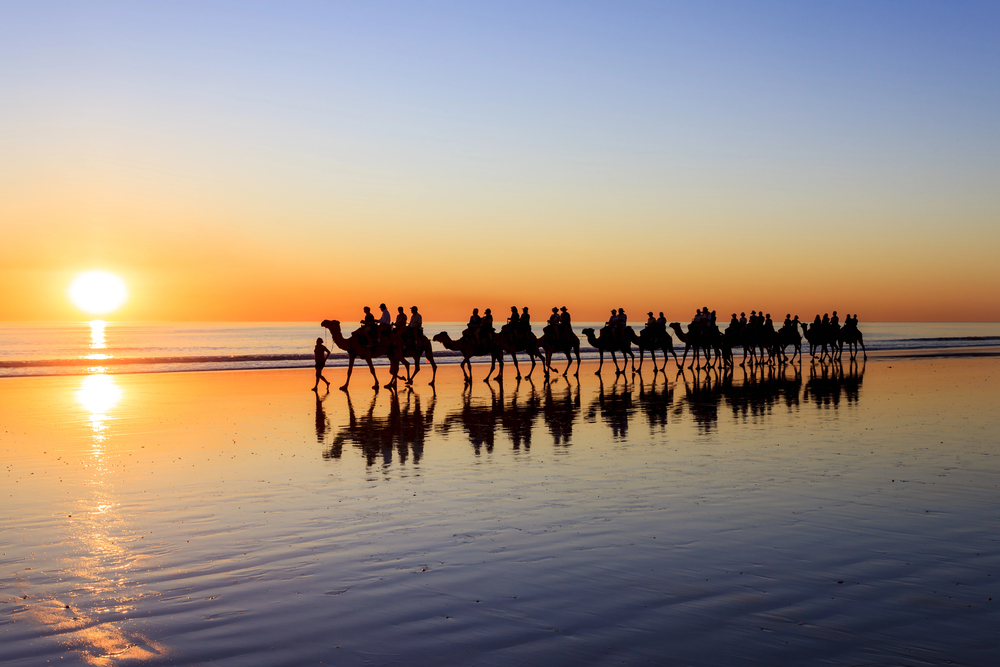
During low tide, the pristine 14-mile stretch of white sand becomes a wildlife haven,
revealing countless tide pools teeming with marine life. Between June and
September, you can spot migrating humpback whales from the beach, while the
southern end offers a chance to see rare snubfin dolphins.
The dinosaur footprints on the beach, visible at extreme low tide, remind visitors of Australia’s ancient wildlife heritage.
Like Travel Pug’s content? Follow us on MSN.
Main Beach, North Stradbroke Island, Queensland
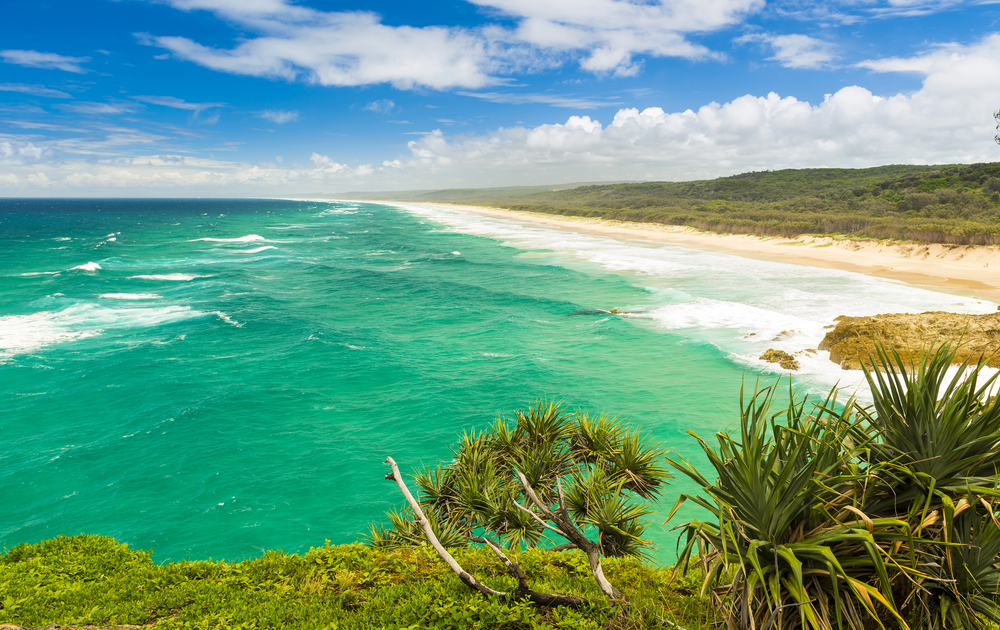
This beautiful beach is an important nesting site for the vulnerable loggerhead sea
turtles, which nest here between November and February. The headlands offer great
vantage points for viewing migrating humpback whales, playful dolphins, and curious
dugongs feeding on seagrass beds in the surrounding waters.
Nobby Beach, Gold Coast, Queensland
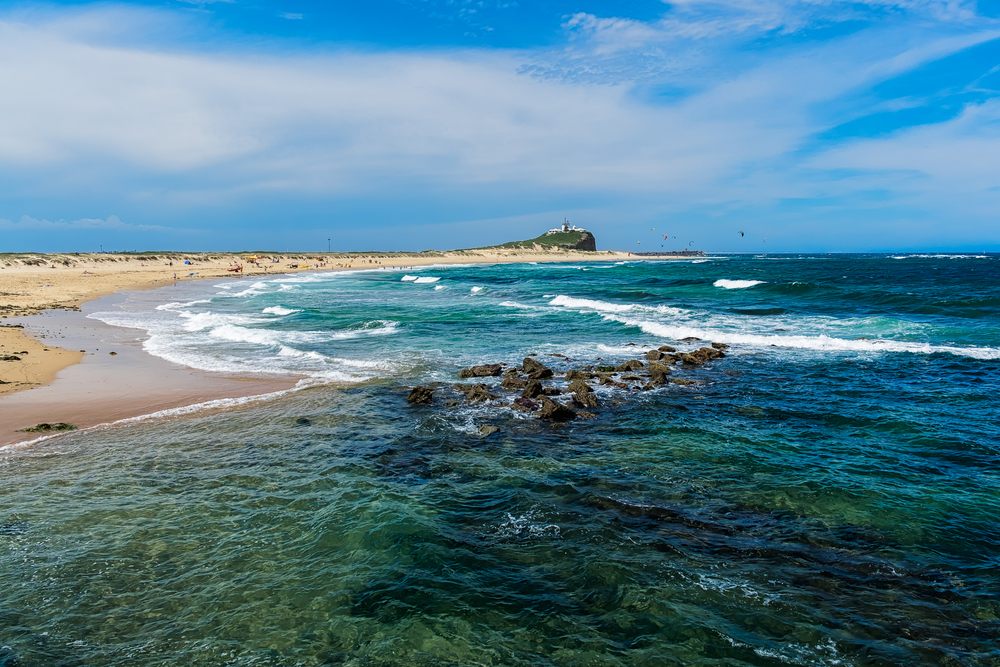
The rocky outcrops and nearby artificial reefs create perfect conditions for spotting
green sea turtles year-round. During winter, the beach becomes an excellent whale-
watching spot, with resident pods of bottlenose dolphins frequently seen surfing the
waves alongside human surfers.
Mon Repos Beach, Bundaberg, Queensland
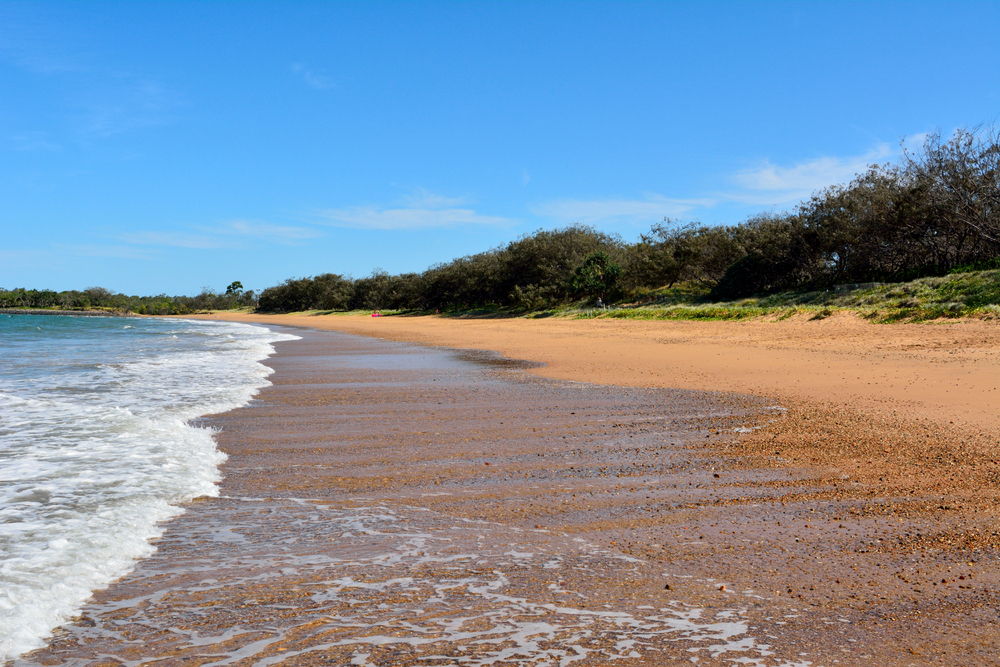
This beach is distinguished by hosting the largest concentration of nesting
loggerhead turtles on Australia’s east coast. From November to March, visitors can
witness the ancient ritual of turtle nesting and hatching, while the surrounding waters
offer excellent opportunities to spot dugongs and dolphins.
Like Travel Pug’s content? Follow us on MSN.
Seal Bay, Kangaroo Island, South Australia
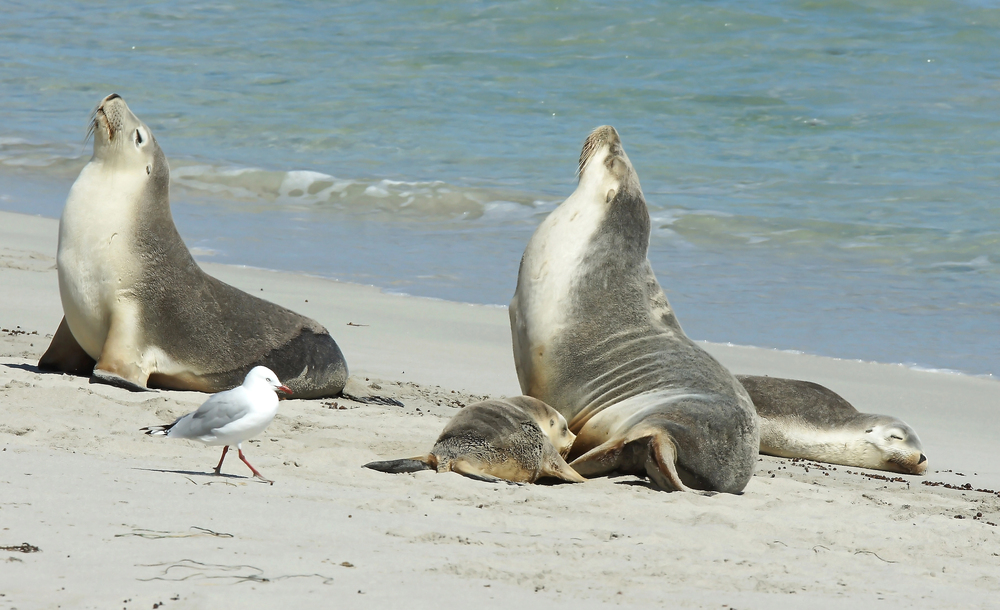
This protected beach is home to Australia’s third-largest colony of sea lions, offering
unparalleled opportunities to observe these endangered marine mammals. The bay’s
pristine waters also attract various seabirds, while the surrounding dunes host
numerous native reptiles and small mammals.
Bountiful Beach, Lady Elliot Island, Queensland
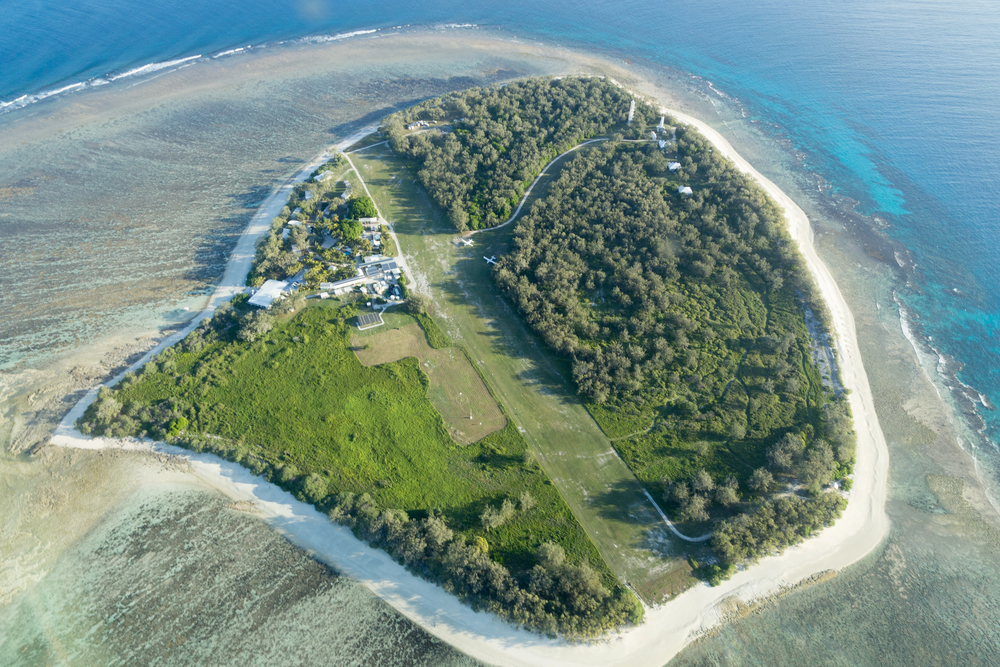
The northernmost coral cay of the Great Barrier Reef provides a sanctuary for over
1,200 species of marine life. The beach and surrounding waters offer year-round
opportunities to spot manta rays, reef sharks, and sea turtles, while the shore hosts
numerous breeding seabirds.
Wineglass Bay, Tasmania
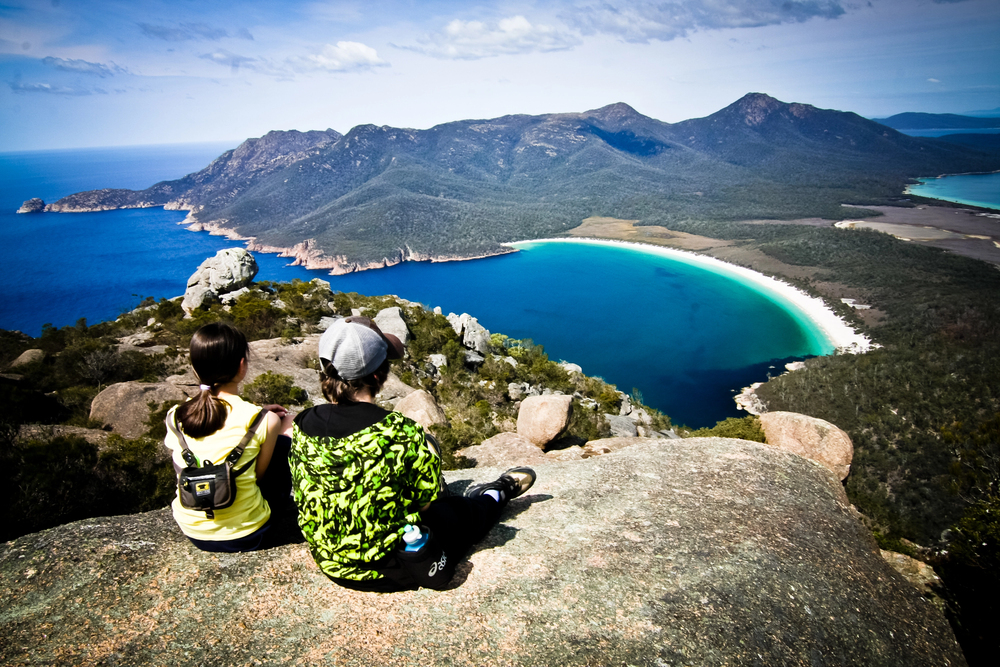
The crystal-clear waters of this iconic beach attract diverse marine life, including
dolphins, seals, and migrating whales. The surrounding bushland provides a habitat
for wallabies and wombats, which frequently venture onto the beach, especially at
dawn and dusk.
Like Travel Pug’s content? Follow us on MSN.
Coral Bay, Western Australia
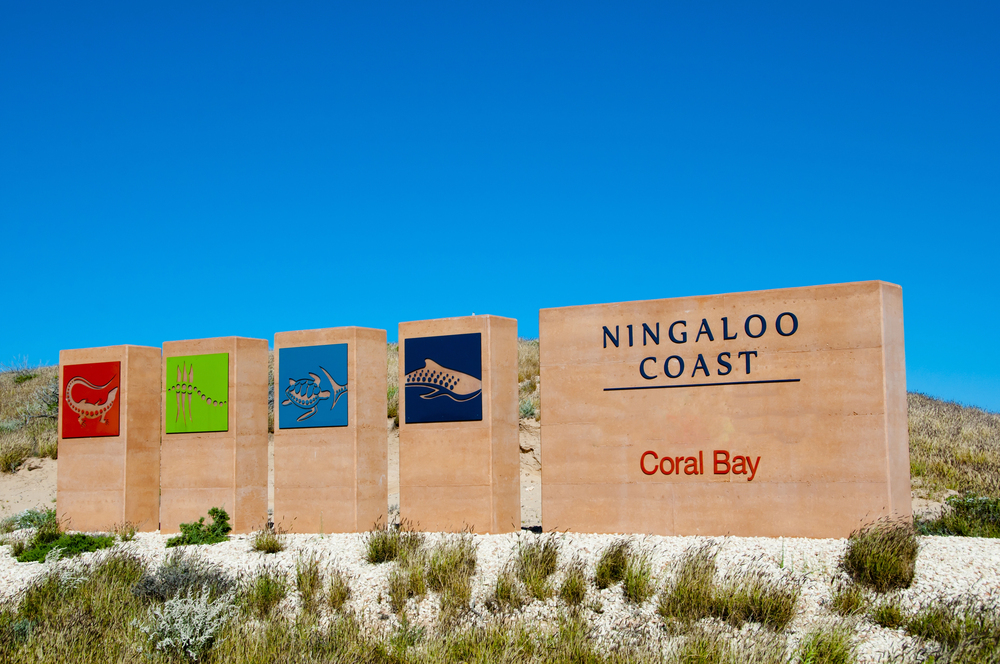
This natural aquarium offers remarkable opportunities to spot whale sharks between
March and July. The fringing reef creates perfect conditions for viewing manta rays,
reef sharks, and sea turtles, while the beach hosts numerous shore birds and
occasional visiting sea lions.
Palm Beach, Sydney, New South Wales
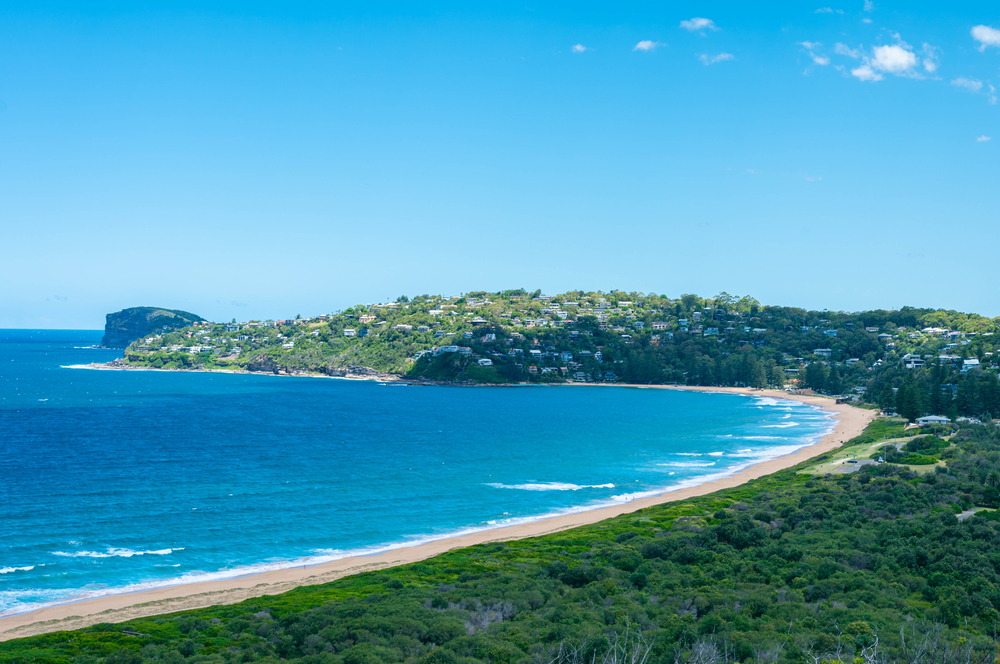
The headlands provide excellent vantage points for whale watching during migration
season, and the protected waters host resident pods of bottlenose dolphins. The
rock platforms reveal fascinating tide pool ecosystems teeming with small marine
creatures and shorebirds.
Hamelin Bay, Western Australia
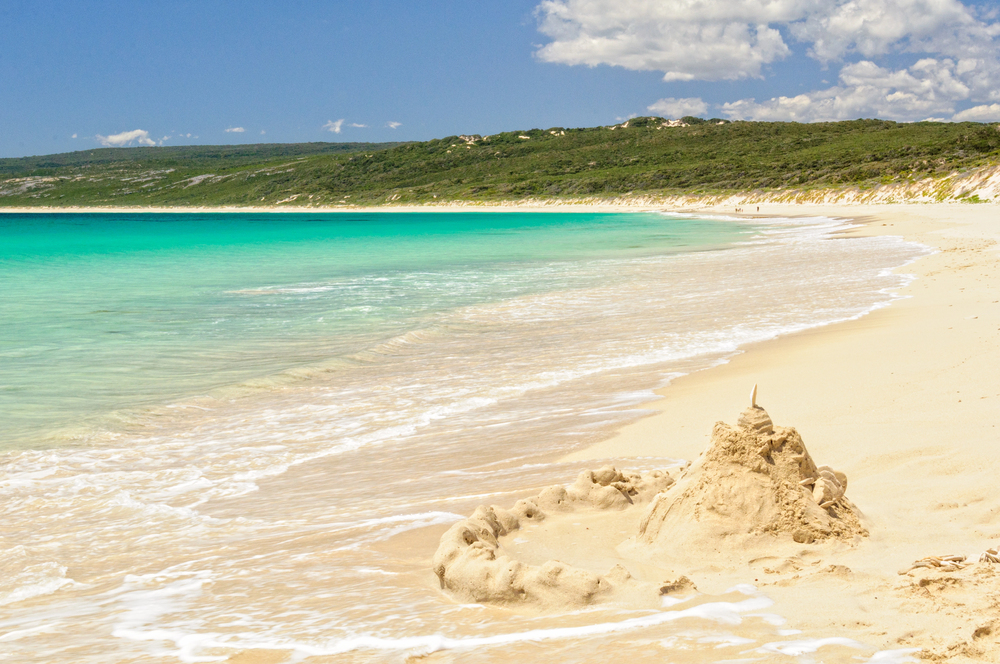
Known for its tame wild stingrays, which visit the shore daily, this beach offers
unique chances for close-up encounters with gentle giants. The waters off the beach are home to many fish species and provide habitat for shorebirds and the occasional
sea lion.
Like Travel Pug’s content? Follow us on MSN.
Seventeen Seventy Beach, Queensland
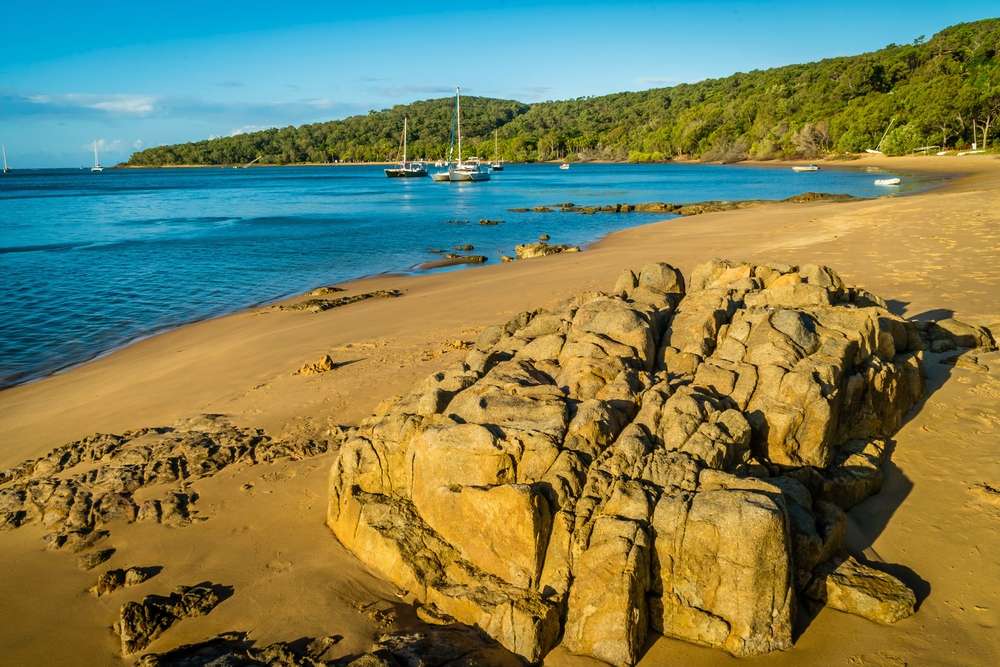
This beach is named for its historical importance. Between November and February
is the best time to see nesting sea turtles. Dugongs can be seen feeding on
seagrass beds in the surrounding waters, while rocky outcrops serve as excellent
perches for sea eagles and ospreys.
Point Ann, Fitzgerald River National Park, Western Australia
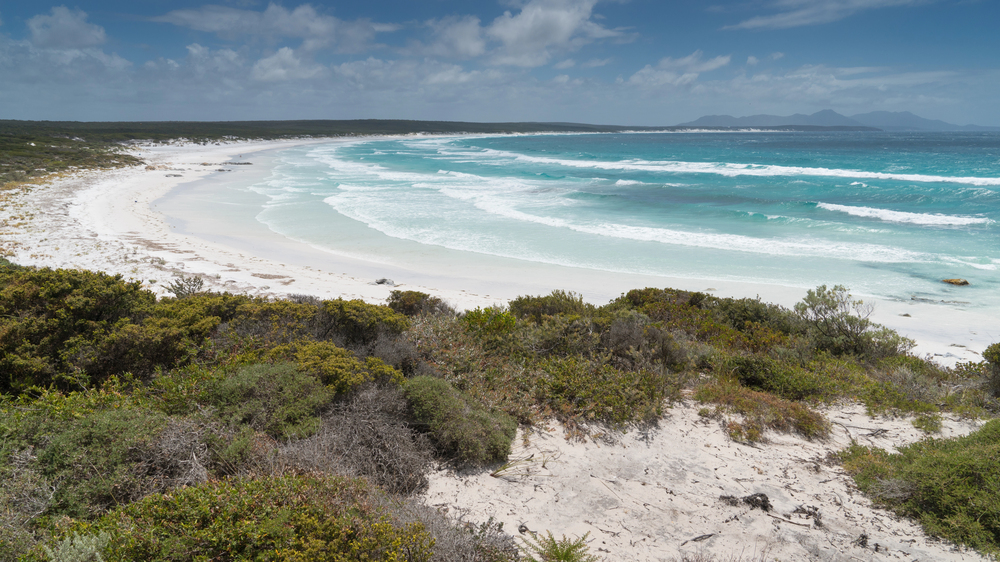
This remote beach is one of southern right whales’ main calving areas between June
and September. The pristine coastline attracts numerous shore birds, while the
surrounding heath hosts various native mammals and reptiles.
Phillip Island Beach, Victoria
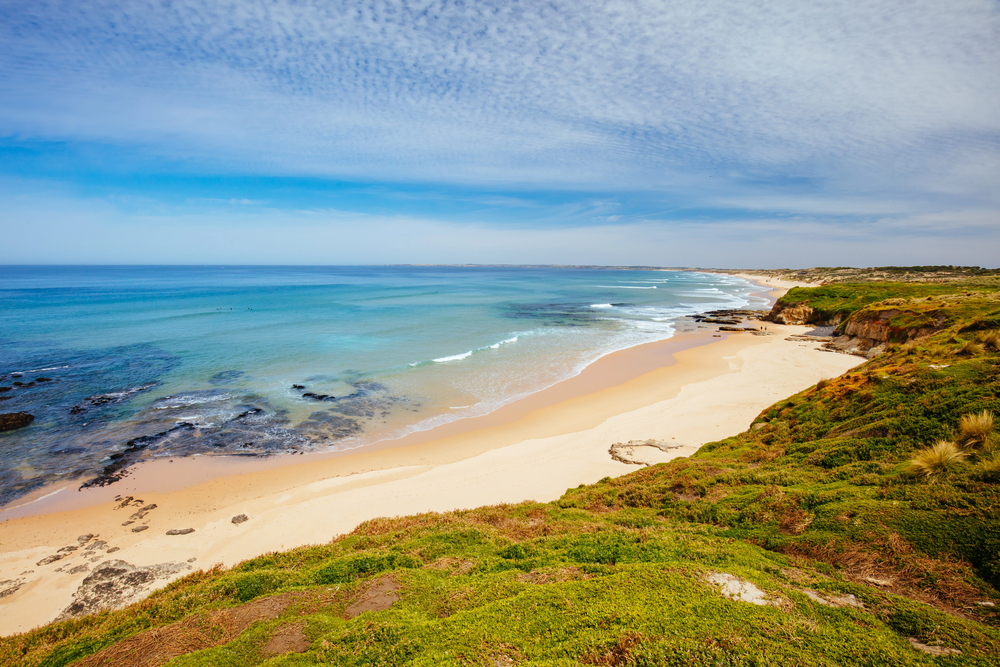
Home to the famous penguin parade, this beach offers guaranteed sightings of little
penguins returning to their burrows at dusk. The surrounding waters host fur seals
and various marine birds, while the coastal vegetation provides habitat for wallabies
and echidnas.
Like Travel Pug’s content? Follow us on MSN.
Cape Woolamai, Victoria
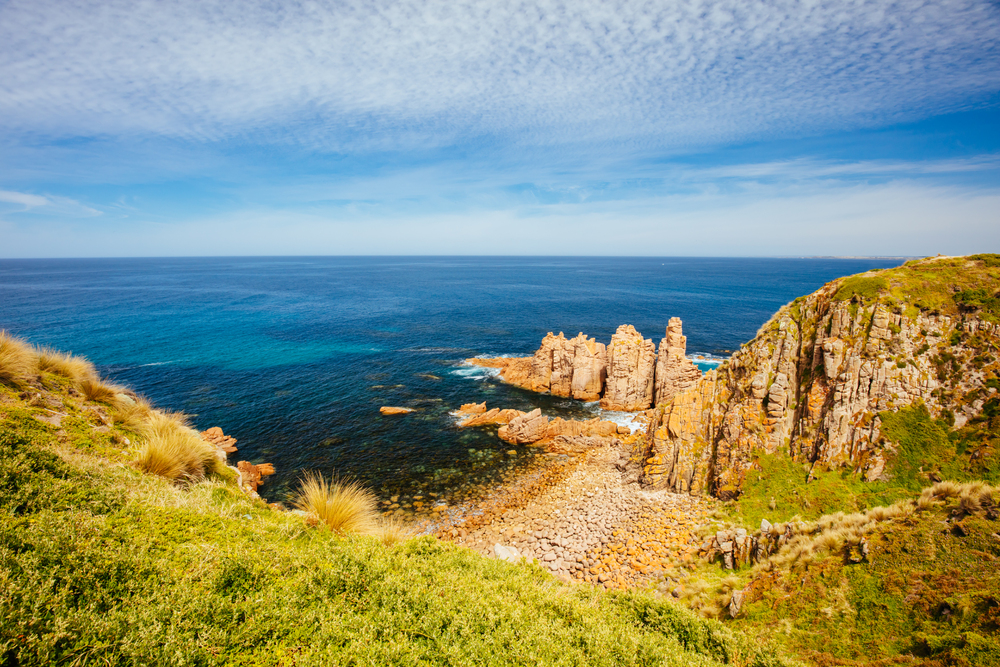
The rugged coastline provides a crucial habitat for one of Australia’s largest colonies
of short-tailed shearwaters. The surrounding waters offer excellent opportunities to
spot dolphins and seals, while the beach hosts numerous shorebirds and occasional
penguin sightings.
Nambucca Heads, New South Wales
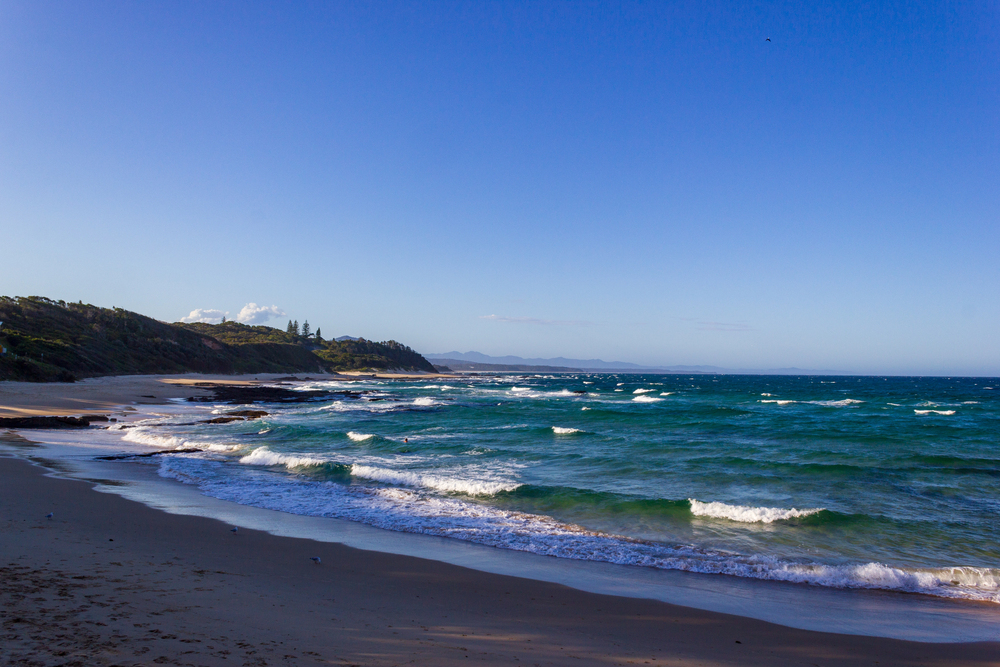
The estuary system creates perfect conditions for spotting marine life, including
dolphins, rays, and sea turtles. The beach’s rock platforms host diverse intertidal
creatures, while the surrounding vegetation attracts numerous bird species.
Ellis Beach, Queensland
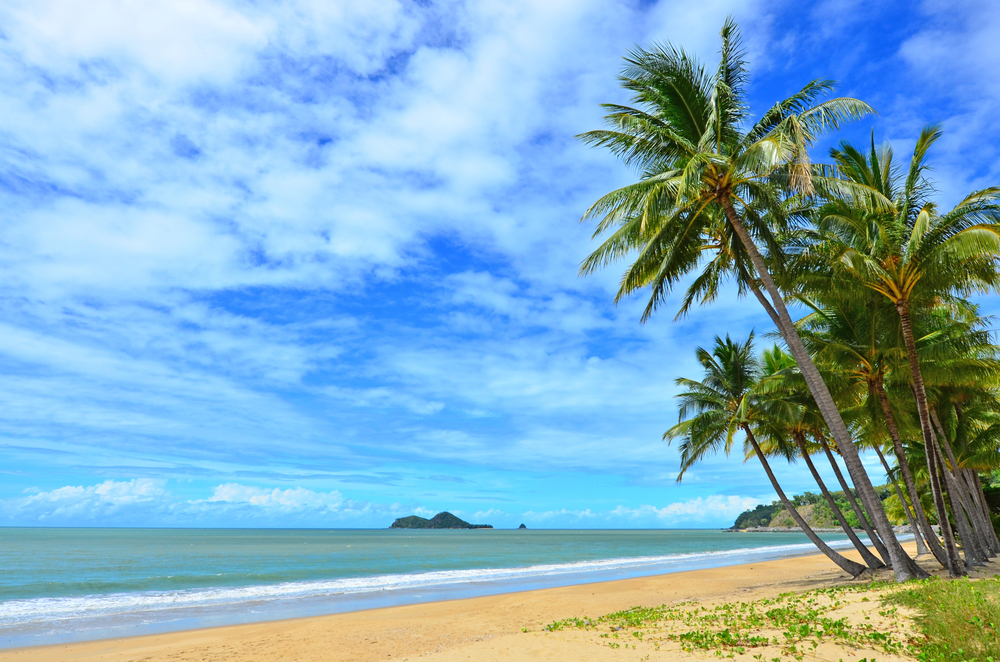
Located between the rainforest and the Great Barrier Reef, this beach offers unique
opportunities to spot estuarine crocodiles in their natural habitat. The surrounding
waters host dugongs and sea turtles, and the beach provides an important habitat for
shorebirds.
Like Travel Pug’s content? Follow us on MSN.
Gnaraloo Bay, Western Australia
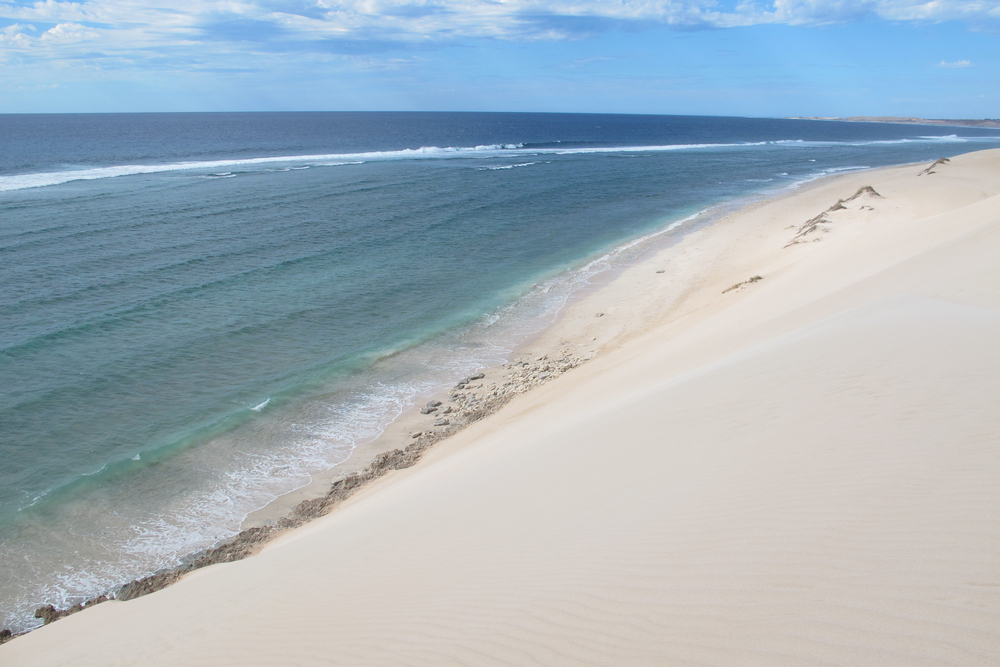
This remote beach offers excellent opportunities to spot nesting loggerhead turtles
between December and March. The pristine waters host numerous reef fish species,
while the surrounding desert landscape provides a habitat for various reptiles and
birds.
Yallingup Beach, Western Australia
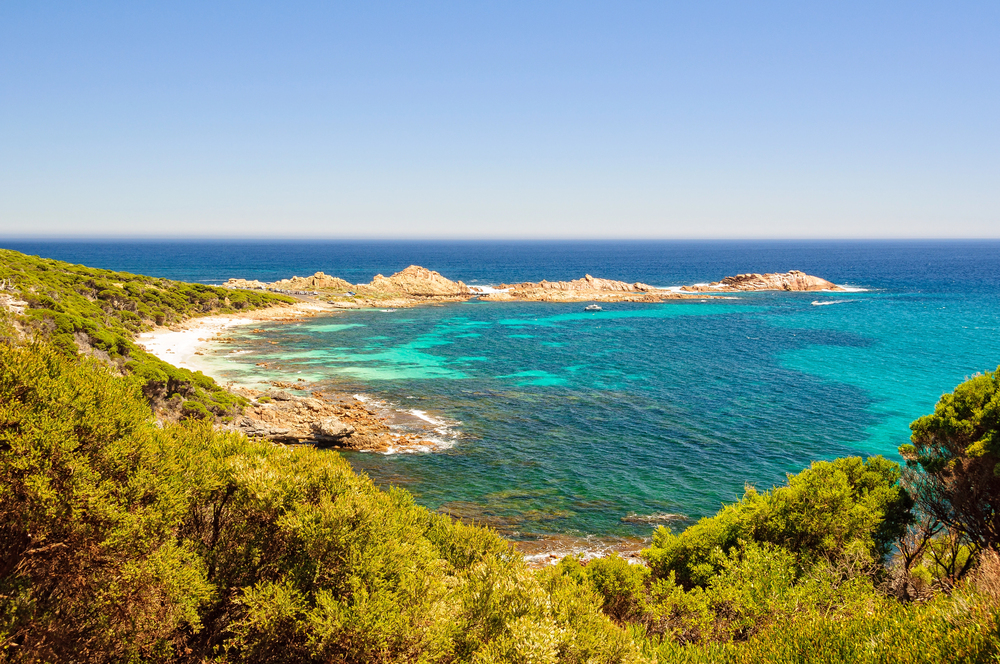
The limestone reefs create perfect conditions for spotting marine life, including
dolphins, seals, and occasional whale sharks. The beach’s rock pools reveal
fascinating marine ecosystems, while the surrounding bushland hosts numerous
native birds and reptiles.
Mudjimba Beach, Queensland
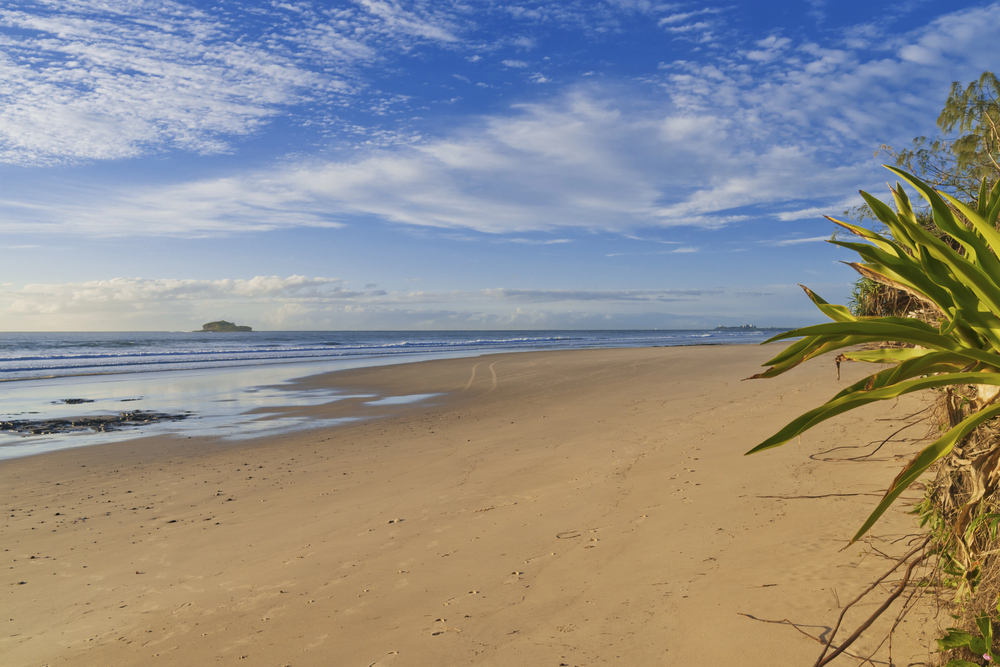
The offshore island creates protected waters perfect for spotting green sea turtles
and various ray species. The beach provides an important habitat for shorebirds,
while the surrounding waters host seasonal visits from humpback whales and
dolphins.
Like Travel Pug’s content? Follow us on MSN.
Looking Forward to Wild Australia’s Future
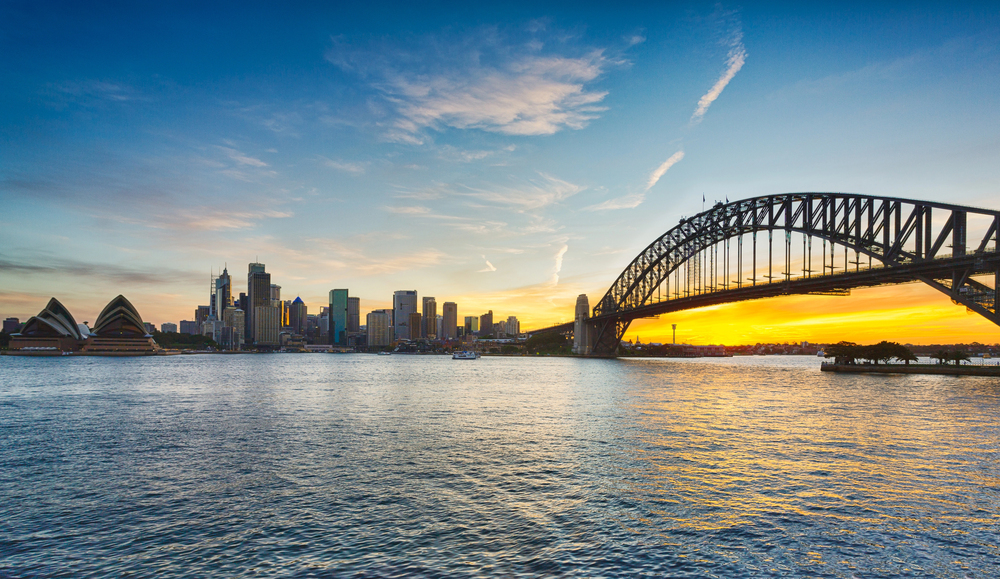
The beaches of Australia continue to offer vital habitats for a diverse range of wildlife
species, providing unique opportunities for wildlife encounters while reminding us of
our responsibility to protect these precious ecosystems.
As you explore these remarkable locations, remember to maintain respectful
distances from wildlife and follow local guidelines to preserve these natural treasures
for future generations.
More from Travel Pug

- 15 Dangerous European Cities to Avoid
- 15 Caribbean Islands Where Tourists Keep Getting Scammed
- The 20 Most Fascinating Abandoned Places: A Journey Through Time and Forgotten Spaces
- 15 Hidden Places in the Smithsonian Museums Locals Love: A Guide to Lesser-Known Treasures
- 16 Hidden Florida Beach Towns That Aren’t Overrun with Tourists
Like Travel Pug’s content? Follow us on MSN.
